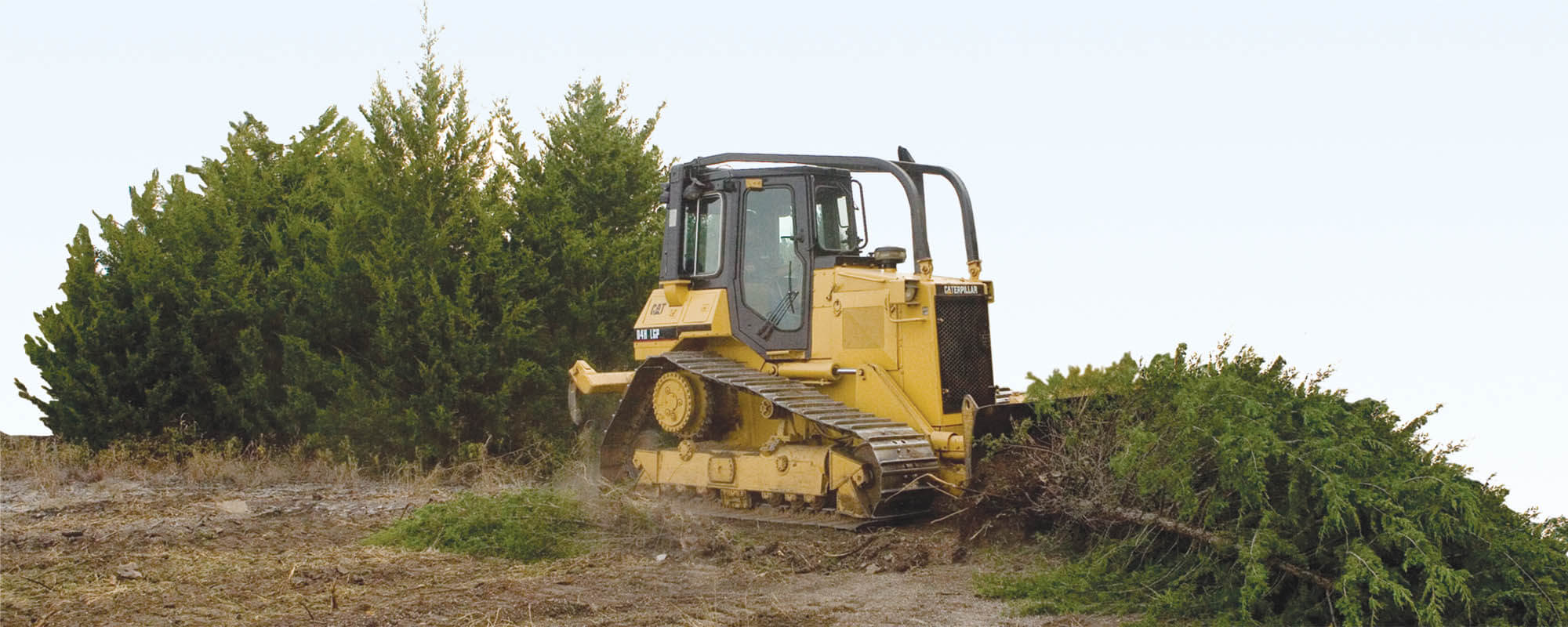Eastern Red-cedar trees (Juniperus virginiana) have become more abundant in many fencerows and pastures. This now very common tree was once limited to rocky bluffs, deep canyons and other areas where fire did not historically occur. Since the beginning of European settlement in North America, fire has been suppressed enabling Eastern Red-cedar (cedar) to expand its range outside of these protected areas.
Many people have the misconception that trees equal wildlife habitat. Unfortunately, when we are talking about cedars in southern Oklahoma and northern Texas, this is not always the case. In 1950 (Bidwell 1993), cedars covered approximately 1.5 million acres in Oklahoma. By 1985 this had risen to an estimated 3.5 million acres and by 1996 an estimated 6 million acres (Engle et al., 1996).
Cedars are native, but have become invasive and, when left unmanaged, have the ability to form dense stands. These stands can be viewed as monocultures – plant communities dominated by one species. Native rangelands, however are composed of a diversity of many native species of grasses, forbs, shrubs and trees. Once this diversity is lost, forage production can decrease and wildlife habitat quality declines.
Bidwell (1993) looked at the loss of herbaceous production after cedars were mechanically cut down. Cutting cedars below their lowest growing limbs kills them, but a dead tree lying on the ground still occupies about 70 percent of the area that it did when standing. Leaving cut trees where they fall can reduce access to forage for cattle, bison or horses, but can offer escape cover for many wildlife species.
There are three methods to control or kill cedars: fire, mechanical and chemical.
Fire originally controlled cedars. With adequate fuel and under safe prescribed burning conditions, fire will control most cedars less than 6 feet tall. Unfortunately, many cedars have grown so large that prescribed fire is no longer an effective management tool. Prescribed fire is now viewed as a maintenance tool to control new and young cedars, but not the best choice to kill larger, established trees. For larger trees, chemical or mechanical control methods are usually best.
Common chemical recommendations include Velpar®, Tordon® and Pronone® Power Pellets. Velpar® and Tordon® are liquid chemicals that can be applied to the soil under cedars. Tordon® can also be applied to the foliage of an individual tree to reduce exposure to desirable plants. Labels for Velpar® and Tordon® do not recommend use on cedar trees larger than 15 feet tall. Pronone® Power Pellets have the same active ingredient that is in Velpar®, but in a pellet form. Pellets are placed under a tree (one to two per inch of stem diameter) and require ¼ to ½ inch of rainfall to dissolve into the soil. All of the above chemicals can kill other woody plants in the immediate area. These chemicals are best used when only the target species will be exposed to the herbicide. When using herbicides, always read and follow the label instructions.
Mechanical methods include chain saws, bow saws, lopping shears, axes, dozers and skid loaders with shears or saws. Hand tools are very selective, but are labor intensive. Dozers can be effective; however, they can cause a great deal of soil disturbance. Skid loaders with shears or saws are selective and very effective.
Regardless of the control method, try targeting “the women and children first” to maximize efficiency. One female cedar tree can produce thousands of seeds and younger trees are easier to control. Cedar has its place, but it has started to take more than its fair share.
References
Bidwell, T. G. 1993. Eastern Redcedar Ecology and Management. OSU Extension Facts 2868. Oklahoma Cooperative Extension Service.
Engle, D.M., T.G. Bidwell, and M.E. Moseley. 1996. Invasion of Oklahoma Rangelands and Forests by Eastern Redcedar and Ashe Juniper. Oklahoma Cooperative Extension Service. Circular E-947.


Comments